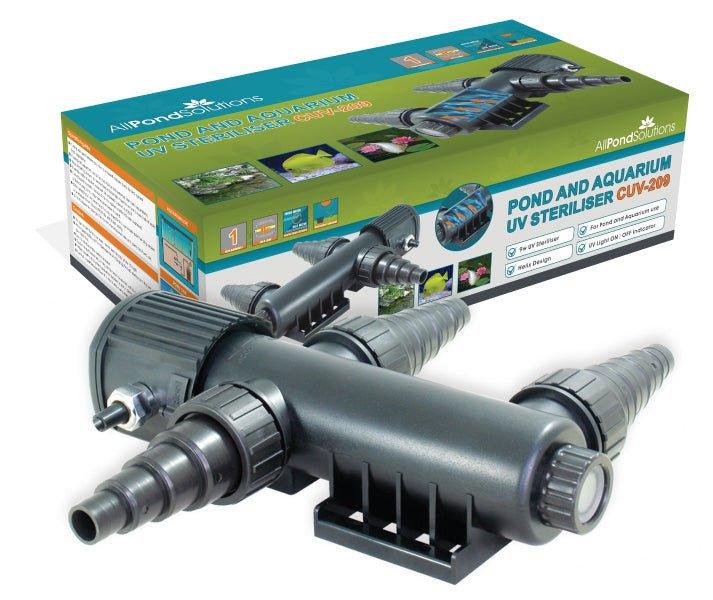Fish Files: Dwarf Yellow Puffer - Carinotetraodon travancoricus
The Dwarf yellow puffer fish (Carinotetraodon travancoricus), also known as the pea pufferfish, dwarf Indian puffer or pygmy puffer is endemic to Southwest India. These pygmy puffer fish pack a tonne of personality and are a fun, unique freshwater fish to keep. They are slightly specialised in regards to what tank mates to keep them with and diet, so research is important. These pufferfish are classed as vulnerable by the IUCN due to overfishing for the aquarium trade, so we would always recommend purchasing captive bred where possible. Here we have created an easy guide to dwarf puffer care and how to create the correct environment to keep them happy in.
Characteristics
Females and juveniles are impossible to tell apart, they are golden with brown blotches which act as camouflage in their natural environment. As they mature they can develop into male or stay female, only 1 male will develop in a group and if two develop at the same time, one will become dominant. Males tend to have “eye wrinkle” patterns and a dark stripe down the centre of the belly so they can be told apart. Females also tend to be slightly larger and more rounded than males. These are the smallest known puffer species, reaching around 1” in size when fully grown.
Dwarf Puffer Aquarium Requirements
These puffers can found in slow-moving rivers of the Kerala region India, these rivers contain lots of leaf litter, vegetation and wood. They don’t need large tanks, but around 40L is recommended. It is important to replicate their natural habitat as closely as possible, so lots of hiding areas, stones, wood and vegetation are important to avoid stress.
Due to their high meat diet, we would recommend a powerful filter in comparison to tank size. An internal or external filter system would be an idea for these pea puffers.
Fish keeping Information
Care level: Intermediate
Temperament: Aggressive
Fish Size: 2.5cm
Water Temperature: 22-28 degrees
pH: 6.8-8
Aquarium Size Required: 40L minimum
Diet of the dwarf puffer
Their diet mainly consists of small inverts such as snails (they are good for pest control), rotifers, copepods, bloodworm and brine shrimp, other things you can offer are chopped mussel and squid. They prefer live food but will, in time accept frozen food no problem. It has been reported some will accept flake and pellet, however, most will not take to these foods and there nutritional value could be questioned. It is recommended to feed small amounts 1-2 times daily, be careful not to overfeed as meaty foods could cause problems with the water quality.
Compatibility
Dwarf puffer fish can be housed in groups of con-specifics as they are often found in shoals in the wild. A ratio of 3 females to 1 male is best to reduce territorial aggression. It is recommended to keep them in species only tanks, due to their aggressive nature and fin nipping. If you do wish to keep them with other species, it is best to keep with fish such as tetras that have short fins and are nimble. There has also been some success with keeping Shrimp and Dwarf puffers, but be careful as small shrimp will be seen as food.
Breeding
Breeding these Dwarf puffers in captivity can be difficult, however as this species is declining rapidly in the wild due to collection the aquarium trade, captive breeding projects are important for these little fishes’ future. To trigger breeding behaviour you will need to start with a few water changes with cooler water. When ready the male will chase the female around the tank, she will eventually find a spot to lay her eggs where he will fertilize them. Once laid the eggs will hatch just a few days after, they should be fed small banana worms or vinegar eels, moving up to brine shrimp as they get larger.
